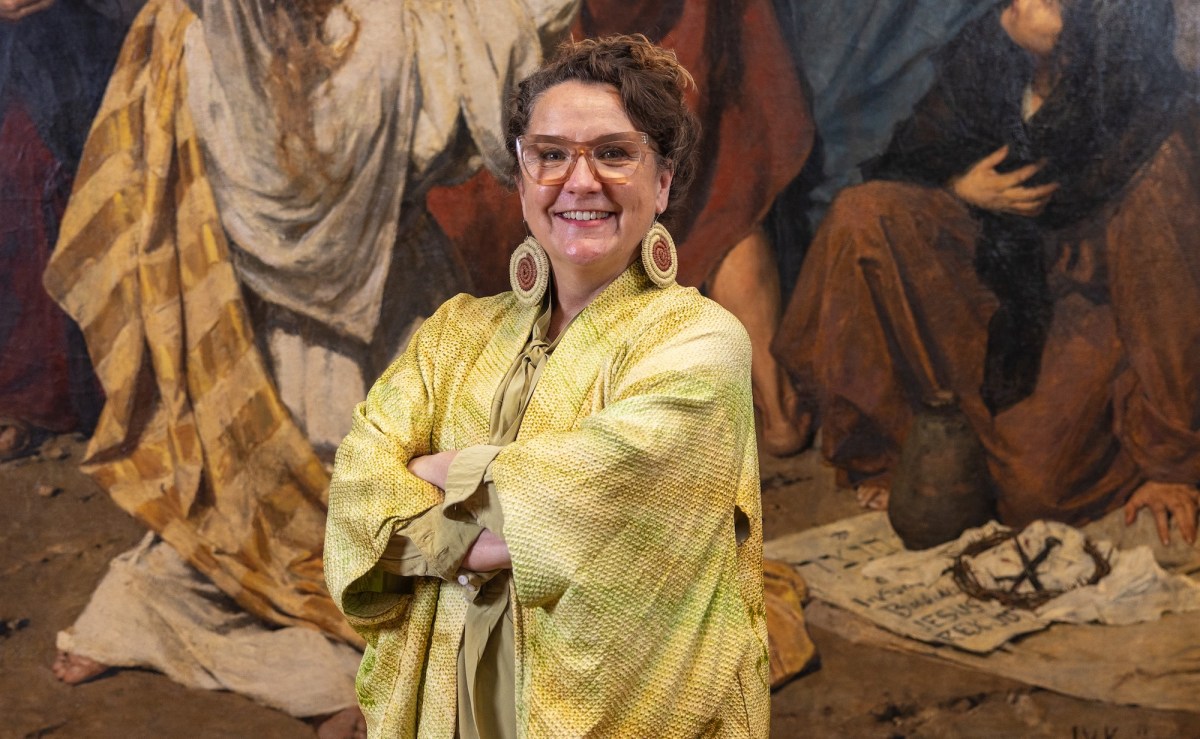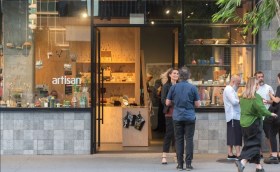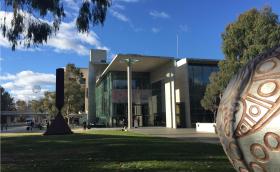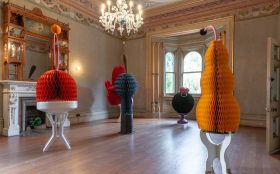When Dr Lisa Slade began her career, education played a central role. ‘As an educator, I’ve always thought about the historic context of something, but I’ve always been absolutely hell bent on what it means to make it anew in the future,’ she says.
While the recent announcement of Slade’s move from the Art Gallery of South Australia (AGSA) – where since 2011 she has held the roles of first Curator then Assistant Director, Artistic Programs – to the University of Melbourne may have come as a surprise to some, education is in her DNA.






